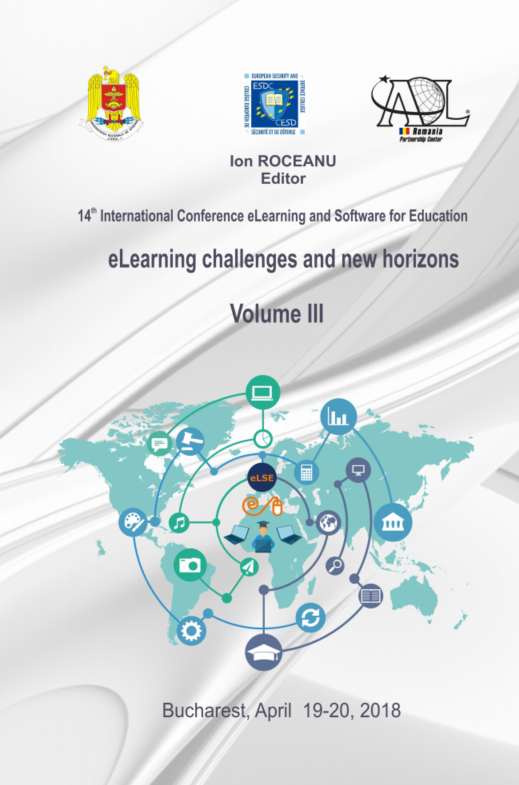A Gui for Computing Aneurysm Geometry, a Possible Tool to Predict the Risk of Rupture of Blood Vessels
A Gui for Computing Aneurysm Geometry, a Possible Tool to Predict the Risk of Rupture of Blood Vessels
Author(s): Mihai Ilea, Mariana Rotariu, Andrei GheorghitaSubject(s): Social Sciences, Education
Published by: Carol I National Defence University Publishing House
Keywords: GUI; image processing; cerebral aneurysm; blood vessels;
Summary/Abstract: The aneurysm geometry is an important factor in analyze and predict the risk of rupture but also in selection of patients suitable for surgical intervention, e.g. endovascular Guglielmi detachable coiling. The most used actually technique for evaluation the risk for abdominal aortic aneurysm (AAA) rupture is the maximum diameter (Dmax) of the aorta, but also other dimensions are used for assessment of risk for cerebral aneurysm. In most of the cases, the aneurysm geometry is measured manually using computed tomography (CT) or three-dimensional (3D) angiography. By this method, the accuracy and reproducibility can vary substantially from user to user and even in the case of the same user, during the repeatedly measurements. We propose software based on GUI for automatic and semi-automatic usage for processing of 2D images, containing aneurysm, useful in virtual education or e-learning process. The image is first segmented, and the user can select points to perform automatically extract of geometrical parameters using algorithms from computational geometry. The various parameters that describe the shape of reproducibility are statistically analyzed if the user selects this option. The software for intracranial aneurysm geometry quantification has a separate module used for prediction the risk of rupture. A specialized module is used for work with original image; the operations in this case are based on interactive selections made by user: points and polygons with option to extract different shape descriptor for feature selection. The prediction in this stage can be manually selected from two options related to a set of data: a liner one and a nonlinear one based of simple regressive nonlinear model. The results are very encouraging and the future developments are taken into account.
Journal: Conference proceedings of »eLearning and Software for Education« (eLSE)
- Issue Year: 14/2018
- Issue No: 03
- Page Range: 411-416
- Page Count: 6
- Language: English

